Foot pain can make even the best runs frustrating. A little extra focus on foot strength, combined with the right footwear choices, can go a long way toward relief. Let’s talk about how these two work together, specifically with custom orthotics over in-store insoles.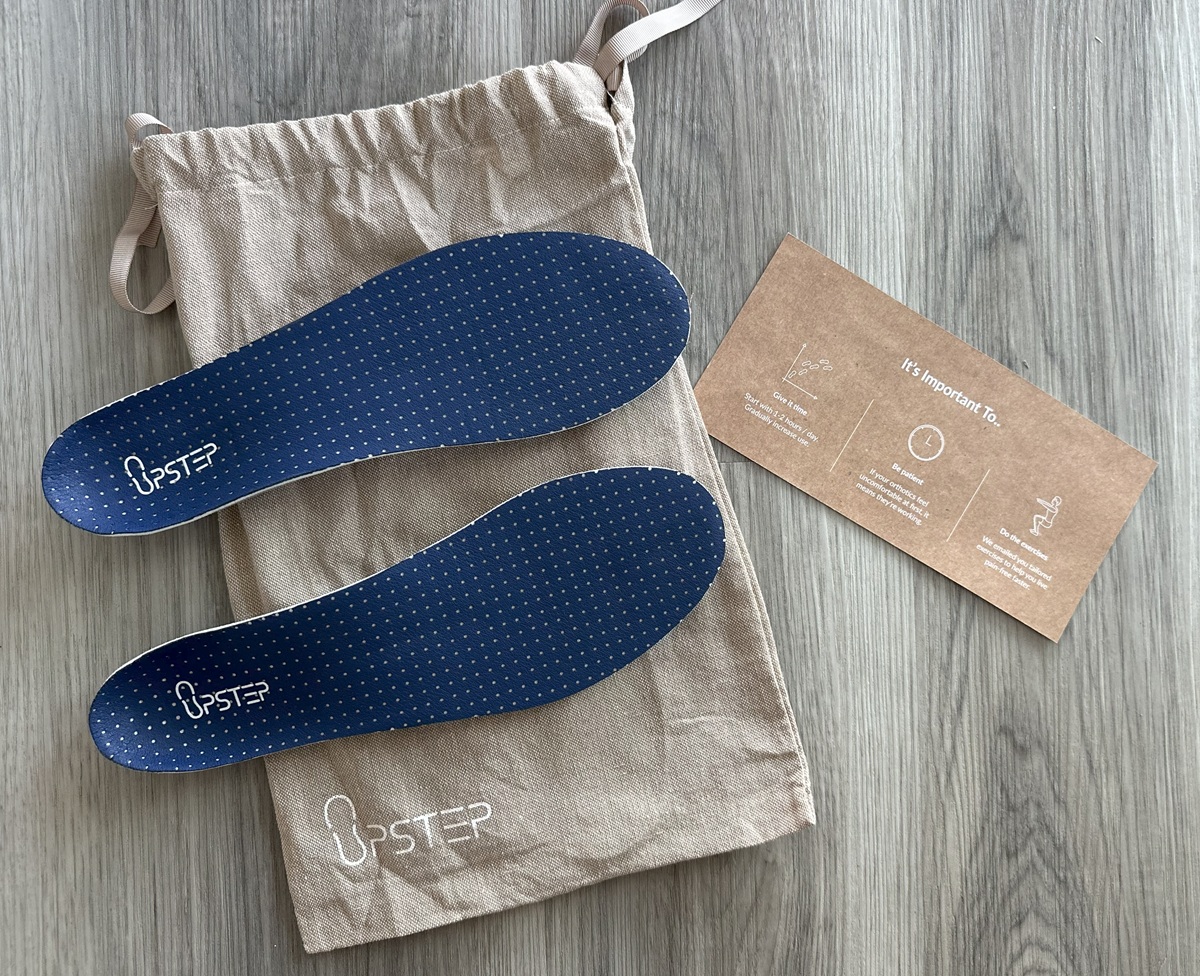 Over the years, I’ve bought insoles at running stores, worn them for a little while, and then let them collect dust in the back of my closet.
Over the years, I’ve bought insoles at running stores, worn them for a little while, and then let them collect dust in the back of my closet.
Upstep custom orthotics are different. They’re designed specifically for what my body needs, which makes them feel a whole lot more useful than the one-size-fits-all pairs I’ve tried before.
And honestly, the convenience is a huge win. I didn’t have to schedule an appointment or carve out time to go anywhere; the entire process took place at home.
Okay, fine, I did have to walk to the mailbox, but beyond that, it was just a few clicks, a quick impression kit, and then waiting for my new pair of Upsteps to arrive.
If you’re on the fence about ordering custom orthotics, here’s what our experience with Upstep looked like.
Upstep Custom Orthotics Overview
As someone who has dealt with plantar fasciitis off and on, I know how important the right inserts can be for running without pain. Swapping them out can make all the difference.
Off-the-shelf inserts can work, but everyone’s feet are different. Generic versions often don’t move naturally with your stride and can even force your foot into positions that don’t feel right.
Upstep custom orthotics are designed around your unique needs, whether you overpronate, have flat arches, or need a little extra support in certain areas. You know as run coaches we love the customized approach to every runner. Upstep takes customization a step further by offering options for nearly any activity, including running, hiking, cycling, multisport, and more.
Upstep takes customization a step further by offering options for nearly any activity, including running, hiking, cycling, multisport, and more.
The difference in each pair comes down to the material and the design that makes them fit seamlessly into different types of shoes.
And because you’ll use an impression kit, the end result is 100% custom. Every unique detail of your foot is factored in by the Upstep team when they create your orthotics. They will indeed, even ask for photos of the shoe you want to put them in to ensure they’ll fit correctly.
On top of that, you can submit your medical history and lifestyle info (whether you’re a runner, cyclist, trail runner, etc.), so the podiatrist can take it all into account.
The more details you share, the more tailored your orthotics will be, giving you the support you actually need. Custom orthotics are designed to last longer than the ones you get off the shelf. A pair of Upstep custom orthotics typically lasts for 1 to 2 years, or even longer, depending on how much you use them.
Custom orthotics are designed to last longer than the ones you get off the shelf. A pair of Upstep custom orthotics typically lasts for 1 to 2 years, or even longer, depending on how much you use them.
High-mileage runners may see them wear down faster, but for most people, they’ll easily carry you through multiple training cycles.
And when it’s time to replace them, Upstep makes it simple. They’ll keep your impression on file for 5 years, so ordering a new pair is quick and easy! After that, you’d go through the impression process again.
Upstep Custom Orthotics Specifications
- 3-Step process: Order, Impression Kit, Receive Custom Inserts
- Full at home process with free shipping
- FSA/HSA Eligible
- 180-day money back guarantee
- Colors: 4
- Discount on ordering more than 1 pair
- Available from Upstep.com starting at $249 (depending on sales)
- Upstep discount code RunToTheFinish for $20 off your order
3-Step Process
It’s a straightforward process that can be completed from the comfort of your own home. Here’s what you can expect:
👉Online Quiz
You’ll start with a super quick quiz right on the Upstep website. It only takes a couple of minutes and helps the team determine exactly what kind of orthotics will work best for you, based on your running style and any issues you’re experiencing.
The questions get pretty specific, like whether you’ve been diagnosed with plantar fasciitis or if you tend to pronate, but also cover the basics like shoe size and gender. 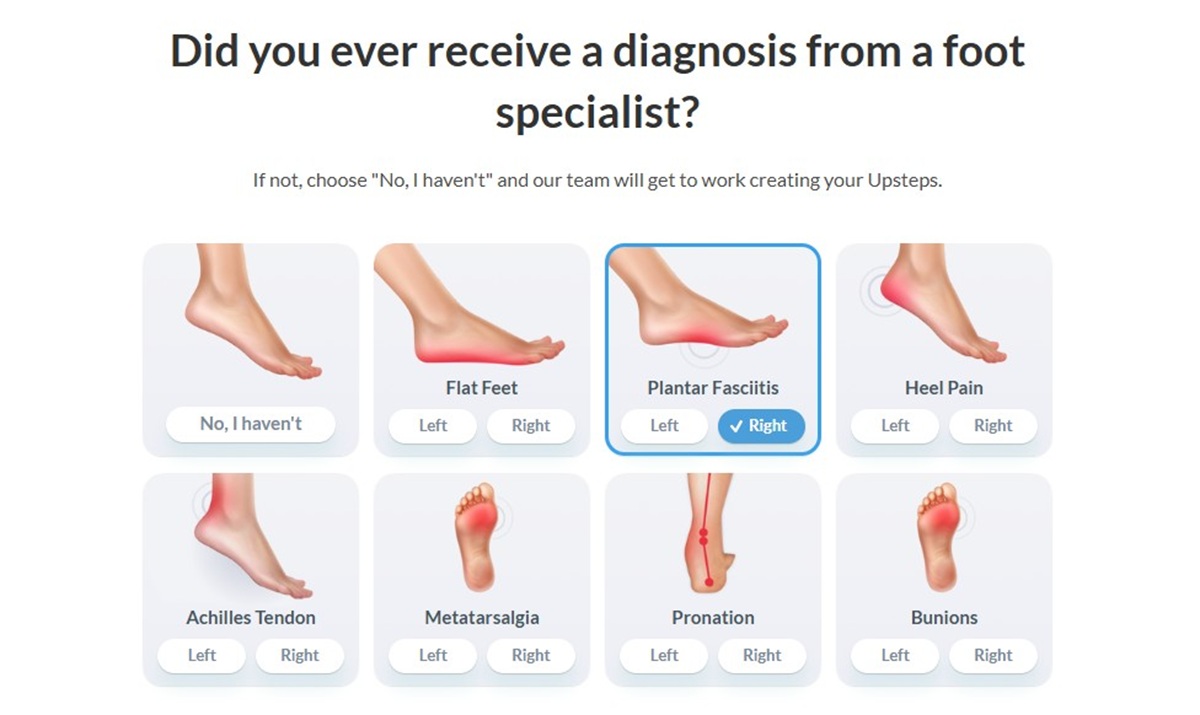
All of that info together gives a clearer picture of what your feet need in terms of support.
👉 Impression Kit
Shortly after you complete the quiz, a box will land on your doorstep with everything you need- the impression kit plus a prepaid label to send it back.
When you open it up, you’ll find the foam molds where you’ll make your imprints. As you can see this process is very easy and takes seconds.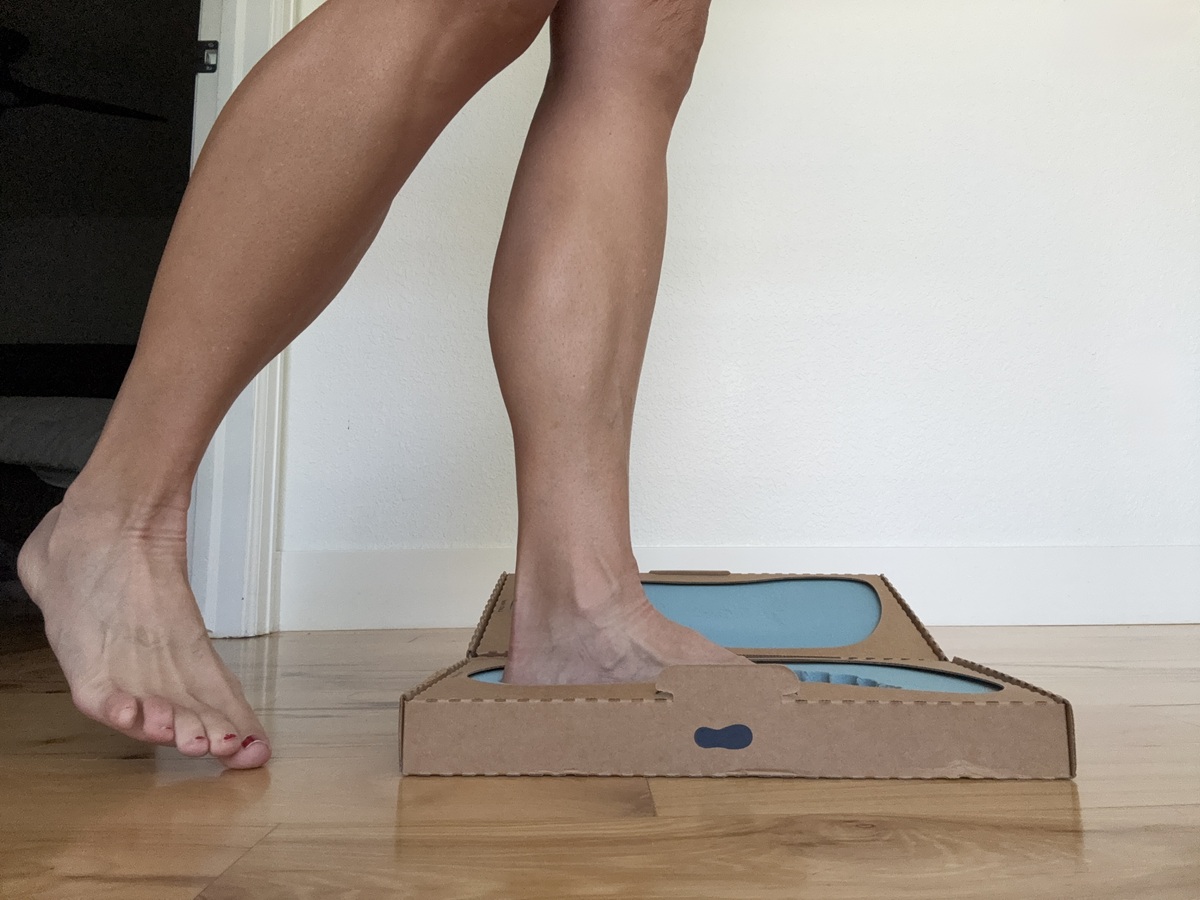
Start by centering your foot over the foam and placing your heel down, then slowly press your foot down as you lean forward.
The idea is to let the foam capture every little detail, from your arch to your toes, so your orthotics can be made based on your foot shape. 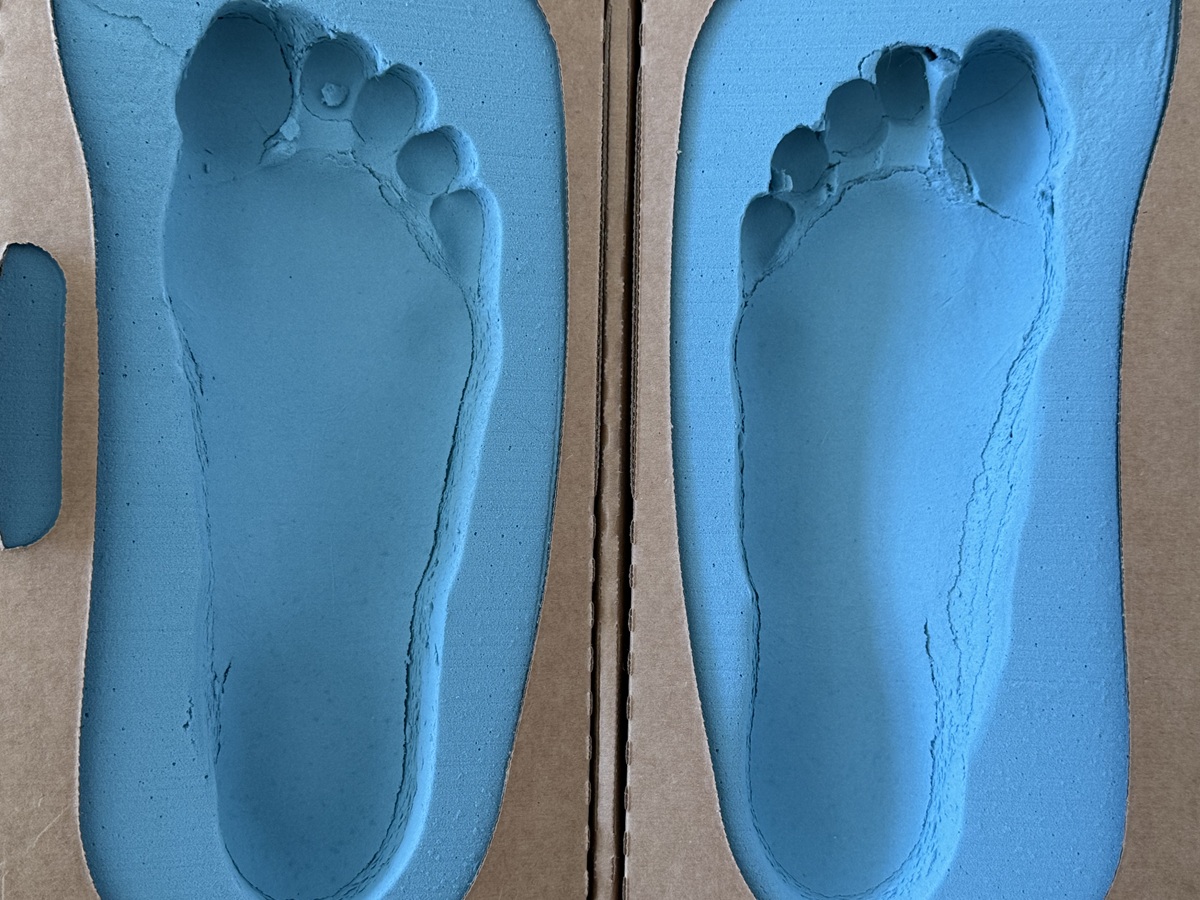
Once you’ve made your impressions, just close up the kit, stick them in the bag with the return label, and drop it in the mail. From there, the Upstep team takes over.
They’ll keep you in the loop with text or email updates so you’ll always know what stage your orthotics are in.

According to their website, once your kit is returned, you can expect your custom orthotics to be ready in approximately 10 to 16 business days.
👉Custom Orthotics
Upstep uses more than 56 different material combinations to make sure you get the right mix of comfort and support for your feet.
Their team of podiatrists takes your quiz and impressions and turns them into a truly custom pair of orthotics designed just for you.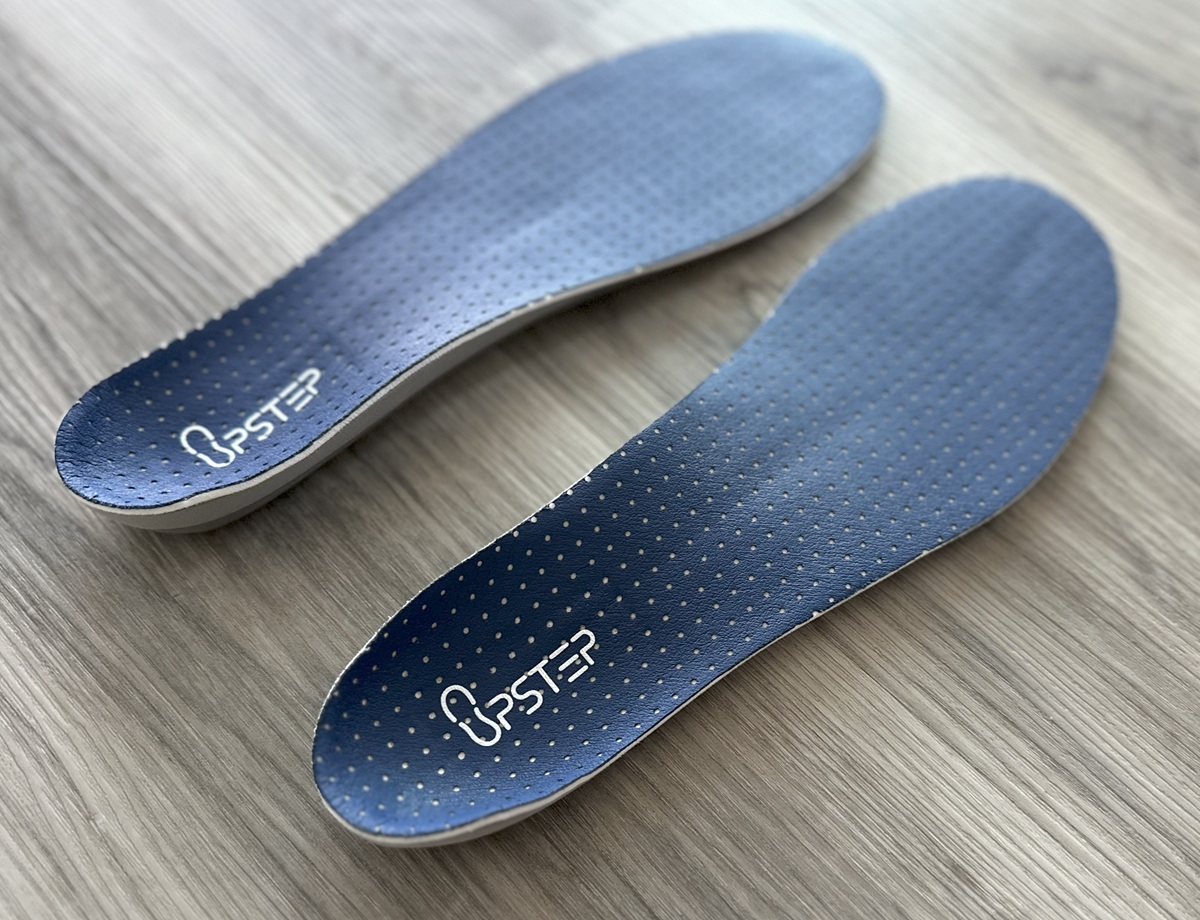
Upstep will ask about the pair of shoes you wear most often for running. That way, they can tailor the design for a truly custom fit.
Since most running shoes come with removable insoles, swapping them out for your custom orthotics is quick and simple.
Every groove and dip is shaped to your exact foot. Which means if someone else tries to wear them, it’s not going to feel great.
At first, they might feel a little awkward, but after a short break-in period, you’ll hardly notice them…other than how much better your stride feels!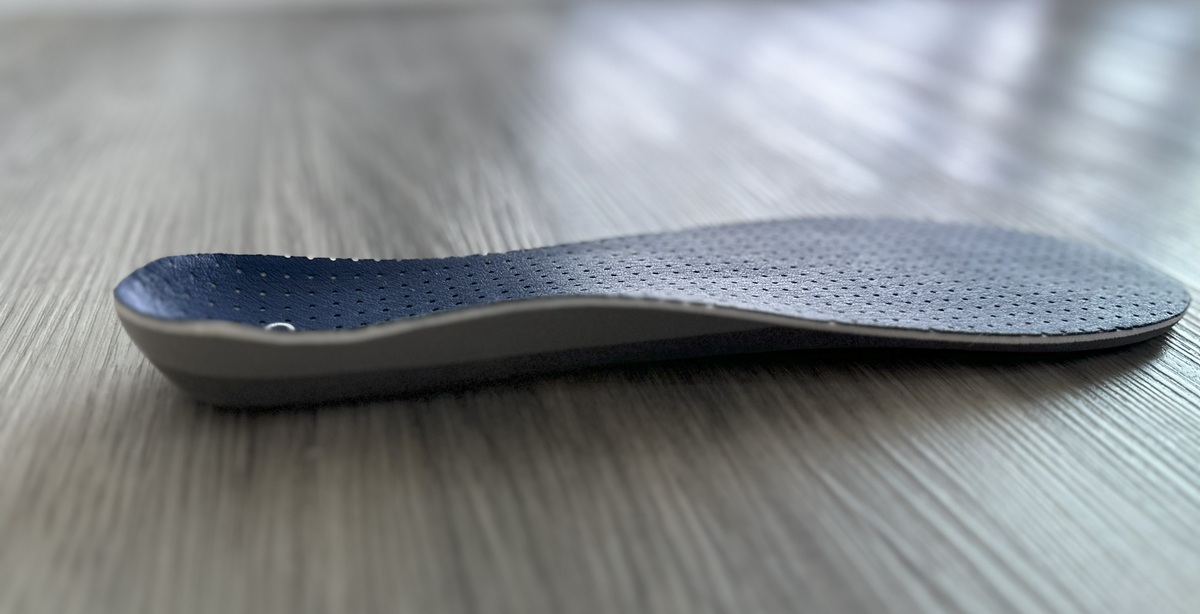
And the best part is that you get 180 days to put them to the test. If they don’t feel like the perfect fit, you can request a refund within that time frame.
Using Upstep Custom Orthotics
Just like you wouldn’t head out for a long run in a brand-new pair of shoes, you don’t want to slip your Upstep custom orthotics in and immediately test them on your biggest workout of the week.
Your body needs a little time to adjust. Think of it as giving your feet and legs a chance to get comfortable with a new rhythm.
Start small by wearing them for an hour around the house or on a short, easy run. If your stride feels a little weird at first, that’s completely normal!
It’s basically your body learning a new movement pattern and finding balance with the inserts.
Everyone’s break-in period will look a little different. Some runners will feel good within a few days, while others may need a couple of weeks.
The key is consistency and a little patience as results are gradual (just like anything with running!). Wearing them regularly will help you adjust much faster than if you only wear them occasionally. But should you experience new pain when using orthotics, definitely reach out to Upstep’s support team ensure they are correctly fitting your foot.
Upstep is with you every step of the way until your foot pain is gone.
Foot and Ankle Strengthening
Orthotics are only one part of the puzzle. If you’re dealing with issues like plantar fasciitis, Achilles or ankle pain, strength training is a must for long-term relief. We’re a broken record when it comes to strength and injury resolution, but only because it works.
Focusing on foot and ankle strengthening will have benefits for every runner, regardless of whether you’re having pain or not. A few of them include:
- Increased stability
- Increased efficiency
- Injury prevention
- Improved performance
To help you get the most out of your Upstep custom orthotics, you’ll receive a follow-up email from them with various exercises tailored to your specific needs. They even have videos so you can check your form and feel confident that you’re doing them correctly.
If you’re looking for more foot strengthening exercises for runners, we’ve put together a list of our top 10 to help you get started.
We hope that this review of our experience with the Upstep custom orthotics was helpful! If you have more questions or give them a try for yourself, let us know!
What to read next?
- MOBO Board Review | Strength Training for your Feet
- 10 Best High Drop Running Shoes | Ideal for Achilles Or Ankle Mobility Issues
- Best Running Shoes for Plantar Fasciitis
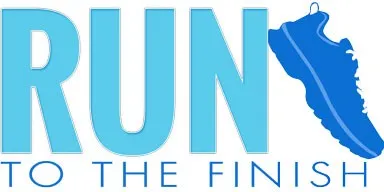


 Saucony vs Brooks: Which Running Shoes Are Better for Your Feet?
Saucony vs Brooks: Which Running Shoes Are Better for Your Feet?